San Lorenzo: Rome's Hidden Treasures
Embark on a captivating free walking tour through San Lorenzo, exploring ancient landmarks and vibrant culture, revealing the heart of Rome's history.
Time
3 Hours
Stops
9 Places
Distance
5.5 km
Basilica di San Lorenzo fuori le Mura
This ancient basilica, one of the seven pilgrimage churches of Rome, offers a glimpse into early Christian architecture and the final resting place of Saint Lawrence.

Basilica di San Lorenzo fuori le Mura (Source: Google Maps)
The Basilica di San Lorenzo fuori le Mura is one of the seven pilgrimage churches of Rome, renowned for its early Christian architecture and significant historical value. This basilica stands on the site where Saint Lawrence, one of the most venerated martyrs of the Christian faith, was believed to have been buried. Originally built in the 4th century and later rebuilt in the 16th century, the basilica features a striking façade, showcasing Romanesque and Renaissance elements. Visitors can admire the beautiful mosaics that adorn the interior, which depict scenes from the life of Saint Lawrence and other biblical figures. The church also houses the remains of several other saints and offers a serene atmosphere for reflection and prayer, making it a significant pilgrimage site for many.
Porta Maggiore
An impressive ancient gate in the Aurelian Walls, Porta Maggiore is a striking example of Roman engineering and serves as a fascinating historical landmark.
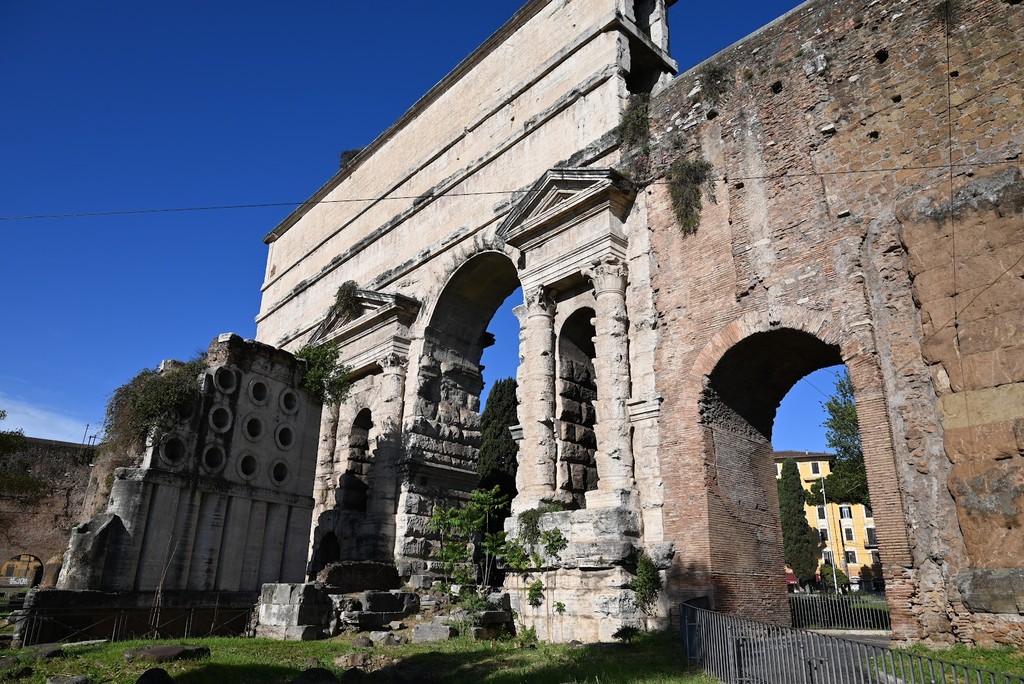
Porta Maggiore (Source: Google Maps)
Porta Maggiore is an impressive ancient gate that forms part of the Aurelian Walls, showcasing the grandeur of Roman engineering. Constructed in the 1st century AD, this monumental structure served as a crucial entry point into Rome, connecting various aqueducts that supplied water to the city. The gate is adorned with two large arches and a distinctive, ornate façade featuring intricate carvings and inscriptions, reflecting the architectural prowess of the time. Its strategic location and impressive design made it a vital landmark in ancient Rome, symbolizing the city’s power and influence. Today, Porta Maggiore stands as a remarkable testament to the city's rich history, attracting visitors who marvel at its significance and architectural beauty.
Santa Bibiana
This quaint church, designed by the legendary architect Gian Lorenzo Bernini, features beautiful Baroque art and architecture.
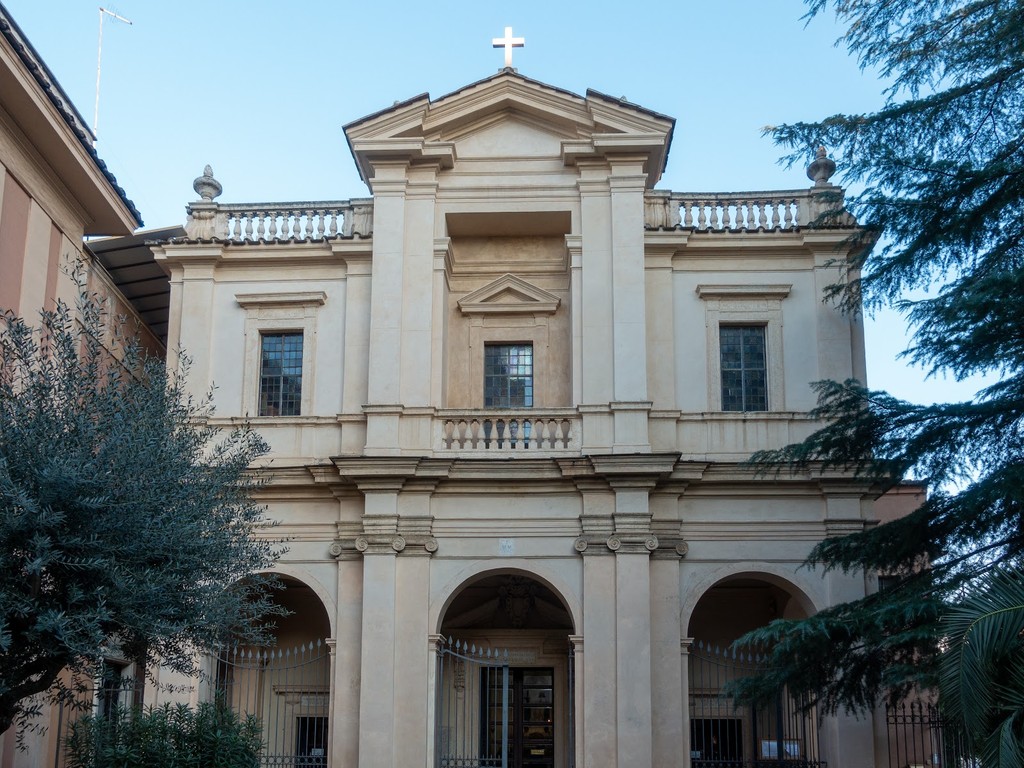
Santa Bibiana (Source: Google Maps)
Santa Bibiana is a charming church renowned for its exquisite Baroque architecture, designed by the illustrious Gian Lorenzo Bernini. Constructed in the 17th century, it is dedicated to Saint Bibiana, a Christian martyr celebrated for her steadfast faith. The church features a stunning façade characterized by its elegant lines and decorative elements, drawing visitors into its serene interior. Inside, one can appreciate the intricate frescoes and sculptures that enhance the spiritual ambiance of the space. The altar, adorned with a beautiful painting of Saint Bibiana, captivates the attention of many. This church not only serves as a place of worship but also as a significant example of Baroque art and architecture, reflecting the artistic heritage of Rome during this period.
Piazza Vittorio Emanuele II
This large, multicultural square is a vibrant gathering place for locals and visitors, surrounded by eclectic architecture and hosting the remains of the Nymphaeum of Alexander.
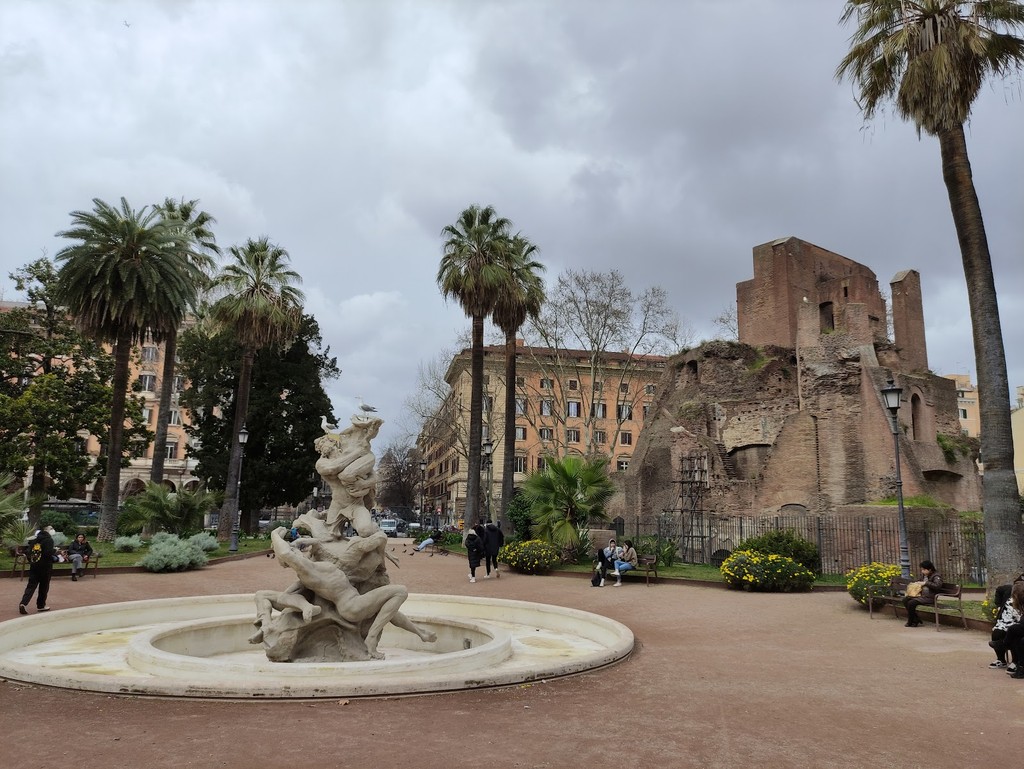
Piazza Vittorio Emanuele II (Source: Google Maps)
Piazza Vittorio Emanuele II is a vibrant and multicultural square that serves as a dynamic gathering place for both locals and visitors. Surrounded by a mix of architectural styles, the square is notable for its eclectic buildings, reflecting the diverse history of the area. At its center lies the remains of the Nymphaeum of Alexander, an ancient water feature that adds to the historical significance of the square. The lively atmosphere is complemented by nearby markets, cafes, and cultural events, making it a hub of activity. The square is also home to various cultural festivals and celebrations, showcasing the rich diversity of the community. As a focal point in the San Lorenzo district, Piazza Vittorio Emanuele II invites exploration and engagement with the local culture.
Basilica di Santa Maria Maggiore
One of Rome's four major basilicas, this stunning church boasts beautiful mosaics, a rich history, and an impressive interior that captivates visitors.
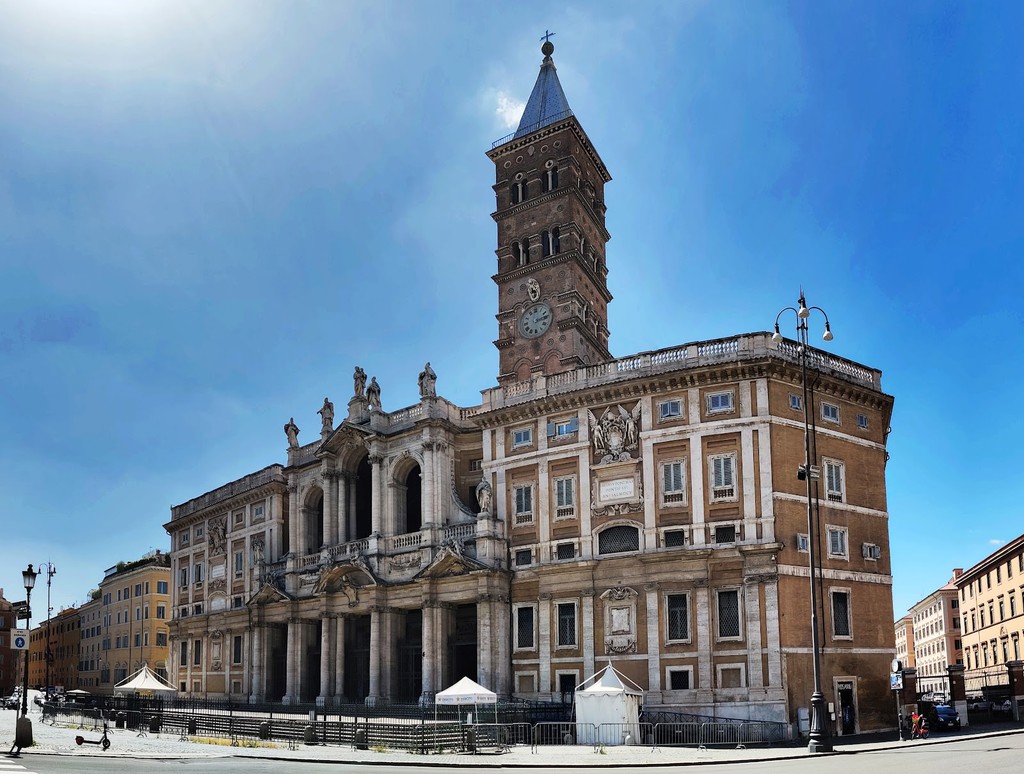
Basilica di Santa Maria Maggiore (Source: Google Maps)
The Basilica di Santa Maria Maggiore is one of Rome's four major basilicas, renowned for its stunning mosaics and rich historical significance. Dating back to the 5th century, it stands as a remarkable example of early Christian architecture, showcasing a blend of Romanesque and Baroque styles. The basilica’s interior is adorned with magnificent mosaics that depict biblical scenes, drawing the admiration of art enthusiasts and pilgrims alike. Its grand nave, flanked by intricately designed columns, leads to a breathtaking apse that houses the famous altar of the Virgin Mary. The basilica also plays a vital role in the Catholic Church, hosting significant events and ceremonies throughout the year. As a place of worship and a cultural landmark, it captivates visitors with its beauty and historical depth.
Teatro dell'Opera di Roma
The city's primary opera house offers a glimpse into Rome's rich cultural scene, with a history of hosting world-renowned performances.
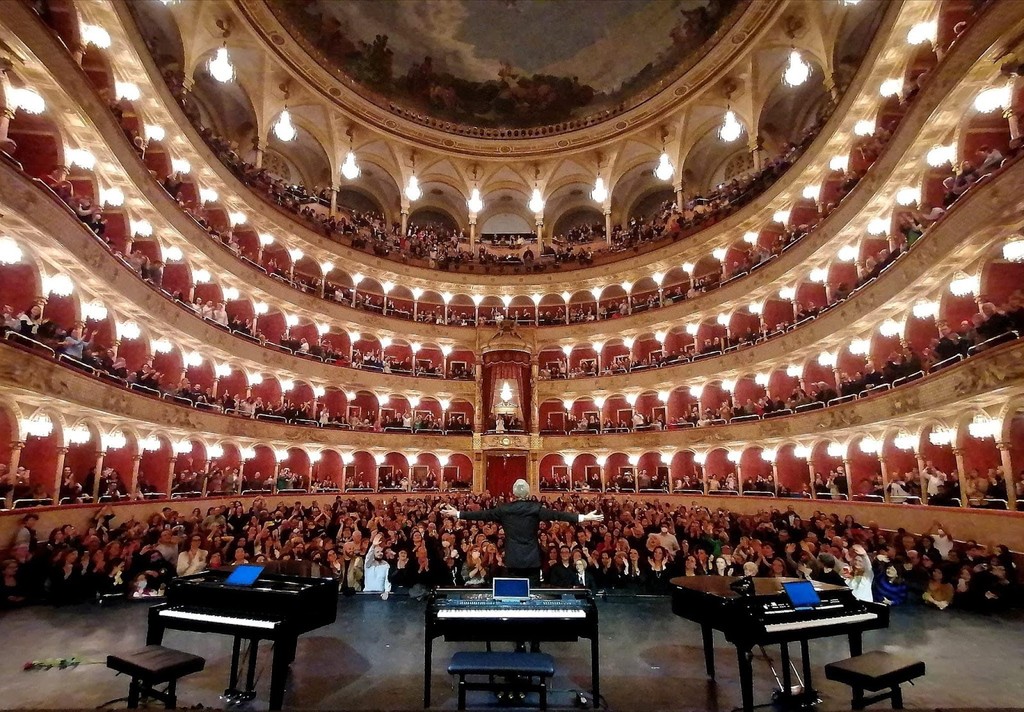
Teatro dell'Opera di Roma (Source: Google Maps)
The Teatro dell'Opera di Roma is the city's principal opera house, celebrated for its rich cultural heritage and history of hosting world-renowned performances. Established in the early 19th century, it has become a key venue for opera, ballet, and orchestral concerts, attracting artists and audiences from around the globe. The theater's stunning neoclassical architecture features a grand façade and opulent interiors, designed to enhance the experience of its visitors. Inside, the lavish auditorium is adorned with exquisite decorations, providing an intimate setting for performances. The Teatro dell'Opera di Roma not only showcases classical works but also supports contemporary productions, reflecting the evolution of the performing arts in Italy. As a cultural cornerstone, it offers a glimpse into Rome's artistic spirit and serves as a gathering place for those who appreciate the performing arts.
Palazzo delle Esposizioni
This neoclassical exhibition hall hosts diverse art and cultural exhibitions, making it a key cultural venue in Rome.
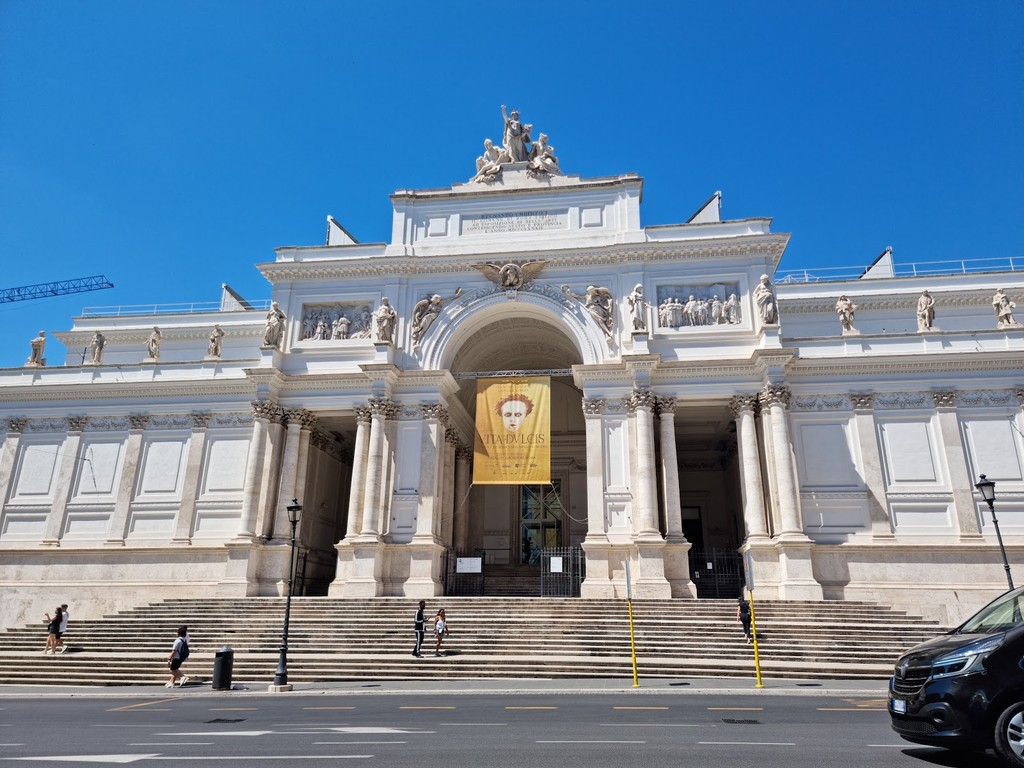
Palazzo delle Esposizioni (Source: Google Maps)
The Palazzo delle Esposizioni is a prominent neoclassical exhibition hall in Rome, known for hosting a diverse array of art and cultural exhibitions. Constructed in the early 20th century, this architectural gem serves as a vital cultural venue, showcasing contemporary art, photography, and historical exhibitions. Its spacious galleries are designed to accommodate large-scale installations, attracting both local and international artists. The building itself is an example of neoclassical architecture, featuring elegant lines and grand spaces that enhance the viewing experience. Throughout the year, the Palazzo delle Esposizioni hosts various cultural events, including lectures, workshops, and film screenings, contributing to Rome's vibrant art scene. As a hub of creativity and expression, it invites visitors to engage with the arts and explore the rich cultural landscape of the city.
Chiesa di San Carlo alle Quattro Fontane
Designed by Francesco Borromini, this church is a masterpiece of Baroque architecture with its intricate and innovative design.
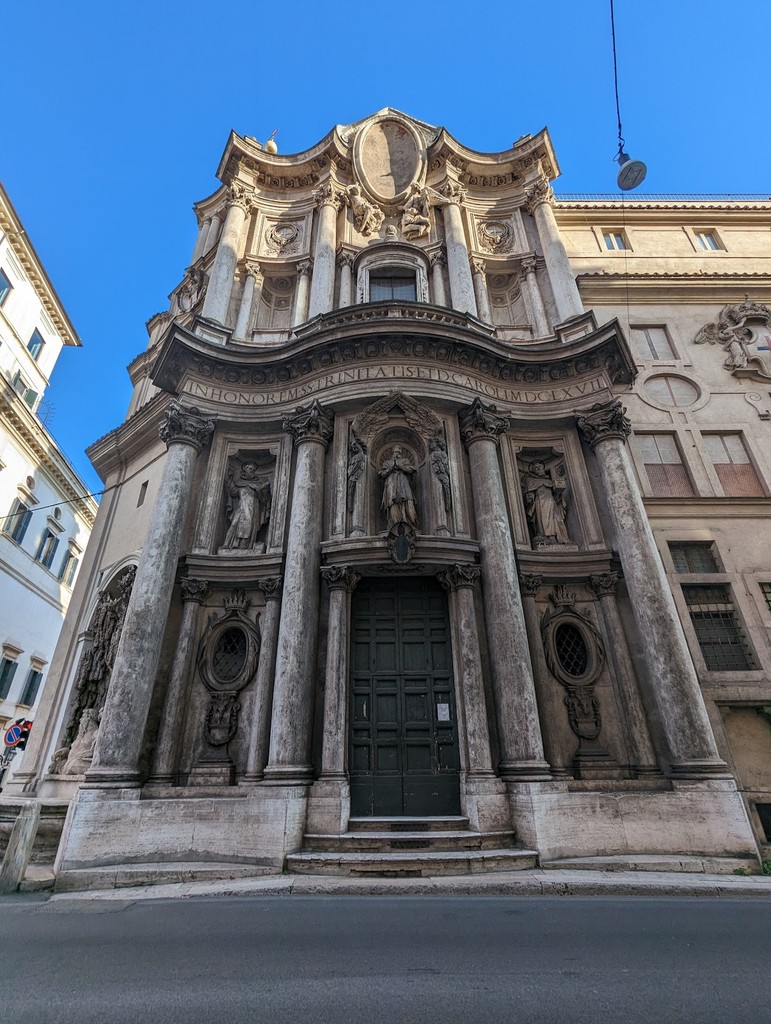
Chiesa di San Carlo alle Quattro Fontane (Source: Google Maps)
Chiesa di San Carlo alle Quattro Fontane is a masterpiece of Baroque architecture, designed by the renowned architect Francesco Borromini. Completed in the 17th century, this church is celebrated for its innovative design and intricate details. The façade features a unique undulating shape that captures the essence of Baroque aesthetics, while the interior is adorned with stunning frescoes and sculptures that reflect the grandeur of the period. The church is dedicated to Saint Charles Borromeo and serves as a significant religious site. Its harmonious proportions and artistic embellishments create a sense of spiritual elevation, attracting visitors who appreciate its architectural brilliance. Chiesa di San Carlo alle Quattro Fontane stands as a testament to Borromini's genius and remains a key highlight of Rome's architectural heritage.
Quirinal Palace
As the official residence of the President of the Italian Republic, this historic palace offers a majestic view of Italian political history and architecture.
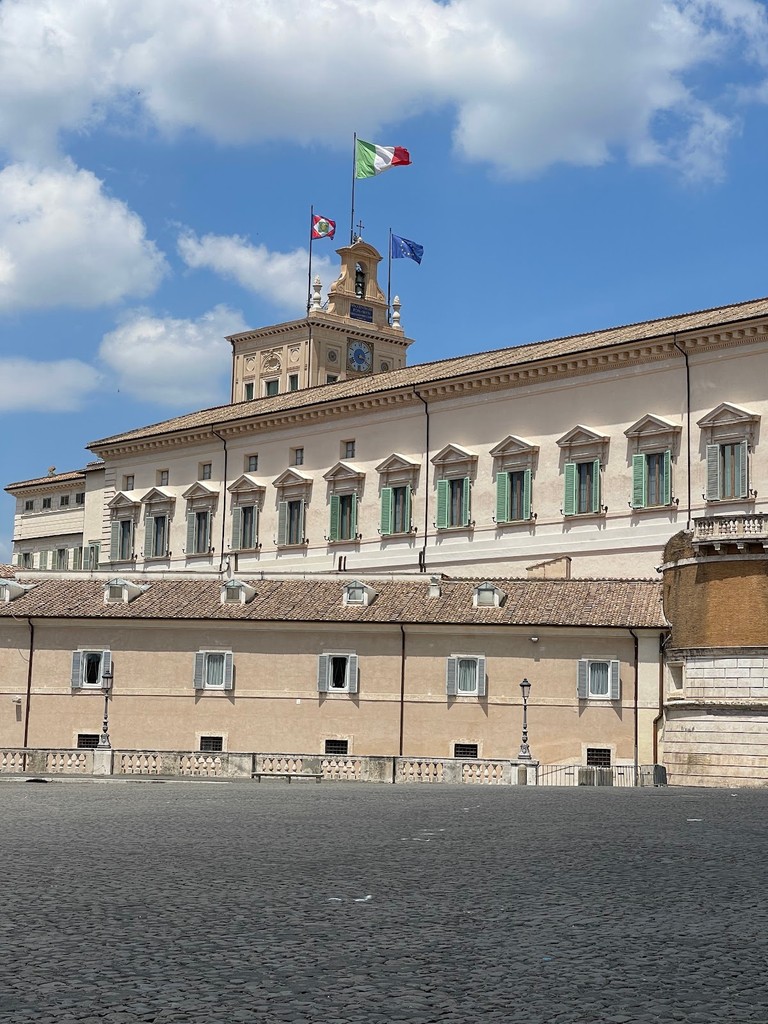
Quirinal Palace (Source: Google Maps)
The Quirinal Palace, the official residence of the President of the Italian Republic, is a historic palace that embodies Italy's political history and architectural grandeur. Dating back to the 16th century, it has served various purposes, including as a papal summer residence and later as the royal palace for the Italian monarchy. The palace features a magnificent façade, adorned with elegant columns and intricate sculptures, reflecting its significance as a seat of power. Inside, visitors can explore opulent rooms filled with valuable artworks, historical artifacts, and lavish furnishings that showcase the palace's rich heritage. The sprawling gardens surrounding the palace provide a serene escape and offer stunning views of the city. As a symbol of Italian democracy and history, the Quirinal Palace plays a vital role in the country's political landscape, inviting exploration and appreciation of its cultural significance.

Your travels, your rules.
Create your own Free Walking Tours.
Set your preferences, distances and anything you want to do or see.
Completely free, no payment required.